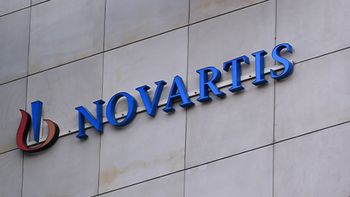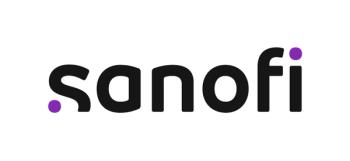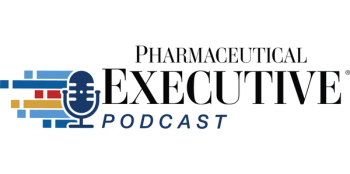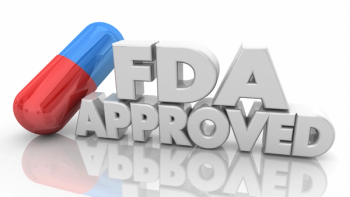
What Impact will TrumpRx and Other DTC Programs Have on Drug Availability?
Jesse Mendelsohn, executive vice president at Model N, discusses how selling drugs directly to patients differs from traditional government programs.
Pharmaceutical Executive: What impact will TrumpRx and other DTC programs have on drug availability?
Jesse Mendelsohn: To be clear, anything that expands access to pharmaceutical manufacturing and drugs is good. Even if this only gets several thousand people access to lifesaving drugs that previously would not have had access, that is a good thing.
The question of whether it will meaningfully expand access is a complicated question. For most people who have insurance coverage, including Medicaid or private insurance, drugs will be covered by insurance in most cases. They’ll continue to get their medications in the typical way, from the pharmacy, and that isn’t going to change.
For most people that get prescribed a drug that will treat or cure a condition, this isn’t going to change much. What this does change is for people who need access but the drugs are unataibable, typically because of cost. This could be because they’re uninsured, or their plan has a high copay or deductible. Or it could be because it’s just not covered. For those people, this gives them opportunity to get access to the drugs at lower prices than if they had gone up to the pharmacy counter and paid full price.
Will it expand access? Yes, those people I just described exist. But will it meaningfully expand access? The jury is still out. Most people who have a condition that requires a therapy and a doctor prescribes a therapy, they will still typically try to get it through their insurance since the copay or insurance cost will significantly lower the price, even compared to the discounted DTC price.
PE: How will TrumpRx and other DTC programs impact prescription drug prices?
Mendelsohn: That remains to be seen. Right now, this is just another venue or route for patients to get therapy as opposed to a sea-change. Most people will typically use insurance for drugs. Since that’s the case, the things that impact how insurers reimburse for drugs and how manufacturers incentivize payers to list drugs aren’t going to change very much.
There will be access expansion. As manufacturers get used to these types of platforms, get a better handle on the type of discounting, and understand the logistics, there might be more sets of patients they can target with DTC products. At this point, I don’t think it will have a broad impact on how drugs are listed and purchased.
PE: Will generics be impacted?
Mendelsohn: Generics that have been on the market a long time or there’s a lot of manufacturers making the drug, they’re already inexpensive. That’s where you’ll see something costing $4 for 60 days of supply at a big retailer. These drugs are already listed at low prices at the pharmacy counter, so for those generics, there just isn’t that much money to be saved.
There are some generics that might only be made by a single manufacturer and have a higher price. I can see those types of drugs being offered on these platforms at a lower price. Also, not just those types of drugs but also biosimilars, which are typically still expensive. They’re more complicated to manufacture and get approved. They could be listed on these exchanges at a discounted price.
Broadly, I don’t think there will be a push for generic makers to get their products on these platforms. In specific cases, however, there could be an opportunity.
PE: How will TrumpRx impact manufacturer-produced DTC programs?
Mendelsohn: This remains to be seen. A key reason why manufacturers are launching these platforms is because a lot of government programs related to Medicaid and Medicare, sales directly to patients aren’t included. DTC sales won’t lower the average discount or create a new best-price that must be extended to a government program. As long as the platform is written in a way where attorneys can argue that these DTC sales can be excluded, that is where manufacturers are going to err on the side of.
If manufacturers are told that creating their own platform gives them more control, that might make more sense than TrumpRx. To be clear, TrumpRx is a government platform that has been discussed, but the details are very low. How will it look, how will drugs be listed, and how will distribution go? It remains to be seen if manufacturers will continue to go in their own direction or hop on the government platform.
PE: Are DTC programs treating a symptom or cause of high drug prices?
Mendelsohn: One way to look at this is that the concept of the gross-to-net bubble, where any kind of manufacturer sells a branded drug and there’s a list price of the drug. That makes all the news and it’s the high drug price. Out of that sale, the manufacturer has to pay fees to wholesalers, purchasing organizations, PBMs, etc. Meaning that a manufacturer may sell a drug for $1,000 but only take home $450.
In the case where a drug is being sold in a situation where those fees don’t need to be paid, the customer can possibly just pay the net amount. At the pharmacy, it could cost $1,000, but through a DTC channel, it could be $450. It could expand access, but it’s only going to target a narrow key set of patients who can afford to net price but not the gross price and otherwise don’t have access.
Newsletter
Lead with insight with the Pharmaceutical Executive newsletter, featuring strategic analysis, leadership trends, and market intelligence for biopharma decision-makers.




